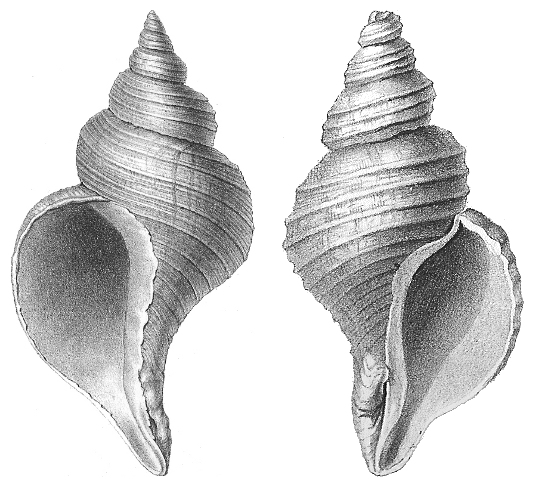Dr. Ivan Fernandez-Corbaton from the Institute of Nanotechnology at the KIT presented his research in our CRC seminar April 21st. We are very happy to share his own short recap of his exciting talk on the question “How Electromagnetic Chiral is a Chiral Object?” with you:
Dr. Ivan Fernandez-Corbaton:
‘Take an object and place it in front of a mirror. If the “being in the other side of the mirror” handed you their version of the object, there are two possibilities: You can rotate it so that it is now identical to your original object, or you cannot. If you cannot, the object is called chiral. Try it at home with a wine opener and you will see that you will never be able to superimpose the two helices because they twist in opposite senses, as the two seashells in the picture.

These seashells are chiral. Source: Wikipedia.Org
Chirality is entrenched in nature: From the weak interactions between elementary particles to the empirical fact that most of the building blocks inside the human body are chiral (aminoacids, proteins, the DNA strands and many more).
As common as Chirality is, it is in some sense not well understood. For example, we do not know how to design chemical reactions that produce only one of the mirror image versions of the final chiral product. This can be a real problem, as there are molecules where one version is a perfume and its mirror image a poison (!).
I am working to better understand chirality in light-matter interactions. Yes, light can be chiral as well: The two circular polarizations cannot be rotated onto each other, exactly as for the wine opener and the one in the mirror. Recently, I have been studying the concept of maximally chiral objects which are transparent to one of the circular polarizations of light.
If we could build such objects…. How about a completely omnidirectional pair of 3D viewing glasses? (Check out the other picture.) Now think of a projection system that surrounds you, and you are playing your favorite first-person game … ok, there are more serious applications.’

Basic principle of the omnidirectional 3d glasses. Picture by Ivan Fernandez-Corbaton.